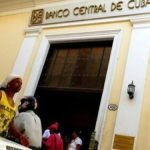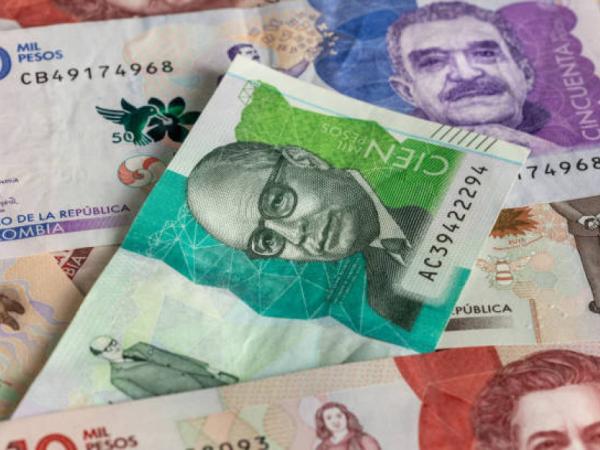l
the spokespersons of the right They defend some assumptions counterweights
to the Executive Branch, who were not elected by popular vote. In their opposition to the social policy of the 4T, many demand that the right to vote and/or be voted for be restricted. And they demand that the Judiciary be selectively integrated and self-regulated away from the popular vote. To form the counterweights
and the Judiciary want requirements that only a very small minority meets. It is high time that they vindicate the champion of these causes: His Serene Highness, the General-President Don Antonio de Padua María Severiano López de Santa Anna y Pérez de Lebron.
I tell you. In 1834, President Santa Anna carried out a coup d’état: he dismissed the acting vice president, Valentín Gómez Farías, and the government that was attempting a timid political reform; He then dissolved the Congress of the Union and abolished the Constitution. Finally he convened a Constituent Congress, which after rigged elections drafted the Constitution of 1836 or Seven Constitutional Laws
in which it was invented as counterweight
to popular representation a legal monster
(the phrase is from Jesús Reyes Heroles): Supreme Conservative Power
(SPC), of which Justo Sierra said that It was an extra wheel in the mechanism, which did everything to hinder the movement, nothing to facilitate it.
. Emilio Rabasa condemned him as unique and extravagant
. Kings Heroles, in addition to calling him legal monster
writes that it was the fruit of the forces of privilege. What privilege? The political clergy (owner of the best productive lands, credit and countless urban farms, controller of education, health and elections); the military commanders who had fought Hidalgo and Morelos in 1810-1815, converted into powerful landowners who held public power (of which Santa Anna was an example); the brokers and large merchants, as well as the miners who were beginning to wake up. Many of them, representatives and operators of British, French and Yankee capital.
The first law systematized the rights of the individual and individual guarantees based on the British tradition, more conservative and elitist than the French revolutionary tradition of the rights of man and citizen
. And these rights were guaranteed in a double system of balances that, despite their apparent universality, favored the privileged. The second law creates the legal monster, the SPC. Also following the British model (where there was no universal vote, until 1928, and only in the metropolis, not in the colonies) and based on theorists of monarchy, they sought to create in a republic, something similar to a monarch located above of the other three powers: a neutral power restoring balances
that contained the excesses of popular representation. (The textual quotes, although not necessarily the interpretation, are from Luis Medina Peña, The invention of the Mexican political system).
To be eligible for the SPC (five members and three substitutes) you had to have been president, vice president, senator, deputy, secretary of the office or justice of the Supreme Court: that is, at that time less than 200 gentlemen in a country were eligible. of 8 million inhabitants. And they were not elected by citizen vote, but through a complicated process between the departmental boards (there were no states or federations, but departments) and the chambers of deputies and senators. The five lords thus elected had multiple powers, although several real limitations that turned them into a cumbersome decoration that only existed for five years: until Santa Anna became dictator and repealed the Constitution of 1836.
Regarding the limitations to vote and be voted for, to be a citizen (and have the right to vote) it was required an annual income of at least 100 pesos, coming from fixed or movable capital, or from industry or personal work that is honest and useful to society
. To be a deputy, have capital physical or moral
that produced at least 2,500 pesos annually (25 times more than to be a citizen); 3,500 to be a senator and 4,000 to be president. No wonder the politicians who designed this model called themselves good men
. For deputies, all those who had citizen rights could vote indirectly, but for senators and president things got tangled, so that only the good men
already elected to one of the national chambers or to the departmental meetings
had the decision in their hands. And let’s not forget the Governing Council
made up of 13 individuals of whom at least two would be ecclesiastics and two military personnel, appointed by the president from a list of 39 prepared by Congress.
Let’s recapitulate: an oligarchic and exclusive control of State bodies. An SPC made up of people who had to cover a large number of requirements, and appointed by the other powers, controlled by the representatives of the oligarchy to put a stop to the popular will. Isn’t it very similar to the set of supposedly autonomous institutions (autonomous of the popular will, not of those to whom they respond, as we show regarding the Bank of Mexico: https://www.jornada.com.mx/2020/12/15/opinion/016a2pol) that are being eliminated by the Congress of the Union, in obedience to the very clear mandate that the people gave it on June 2?
The right has openly claimed Iturbide, Maximiliano and Díaz; and today, hand in hand with the ideological neocolonialism rampant in Spain, to Hernán Cortés; even, timidly, Gustavo Díaz Ordaz. It is time for him to brag and vindicate his other hero and precursor, the one who between 1834 and 1855 promoted these models: Santa Anna.













